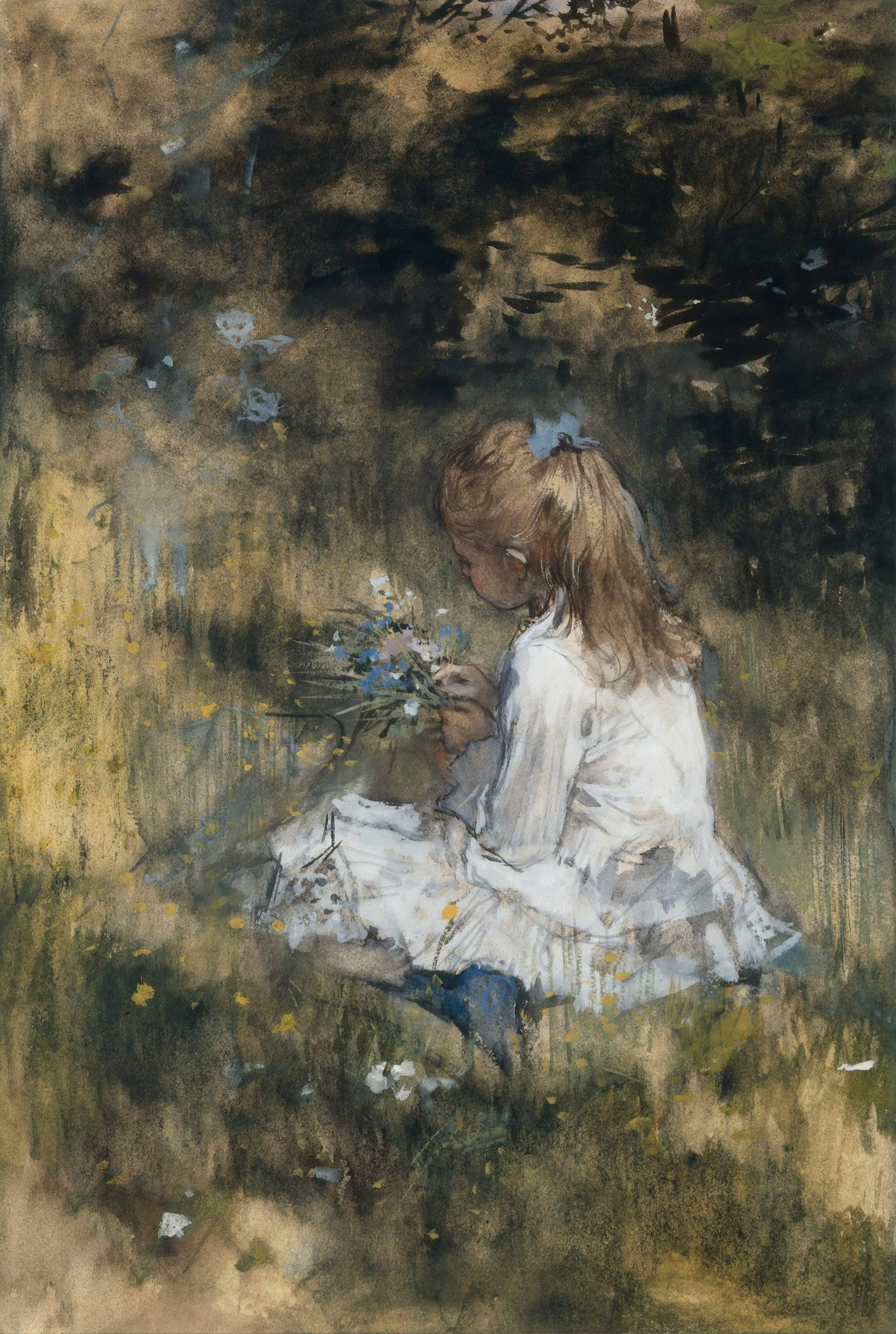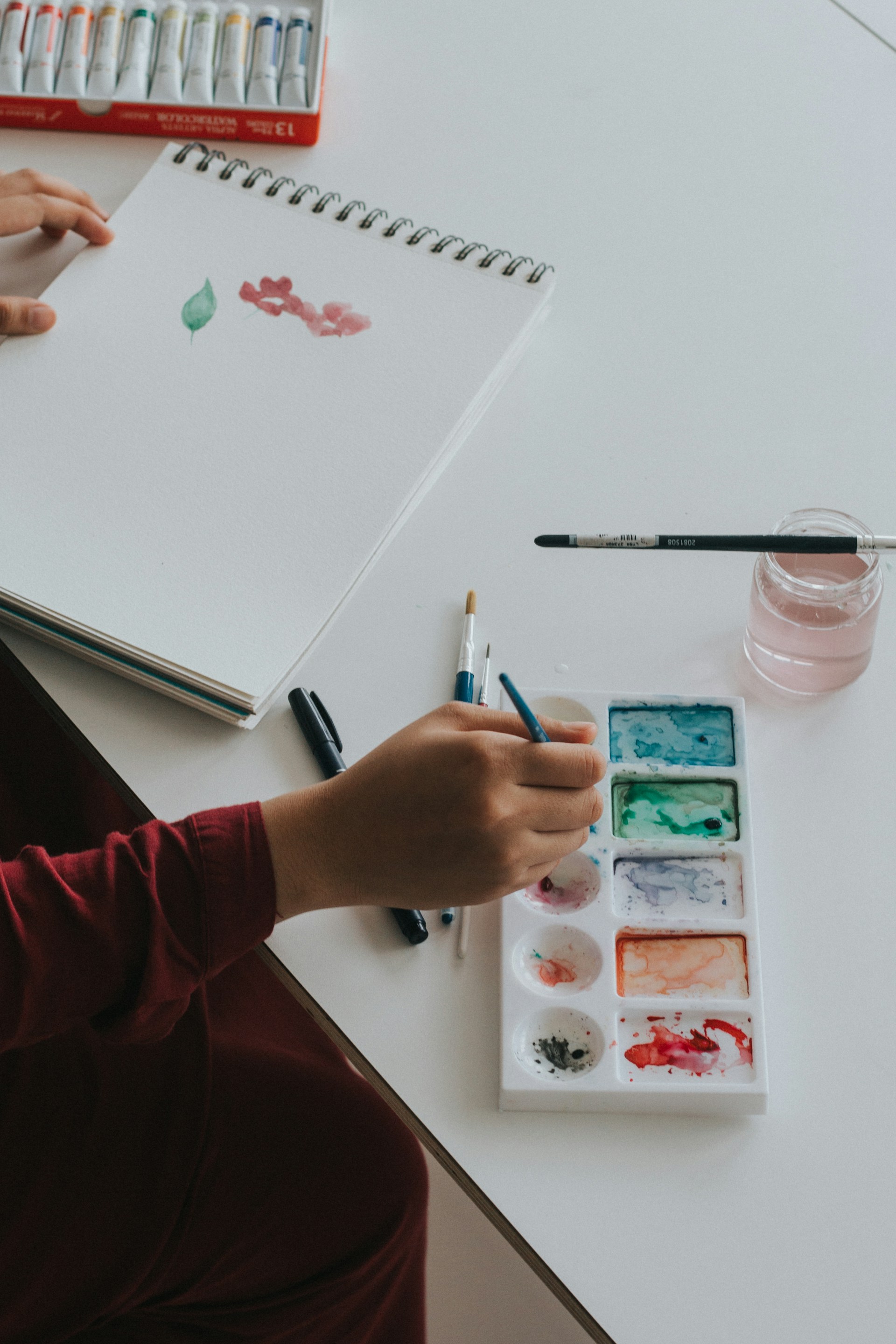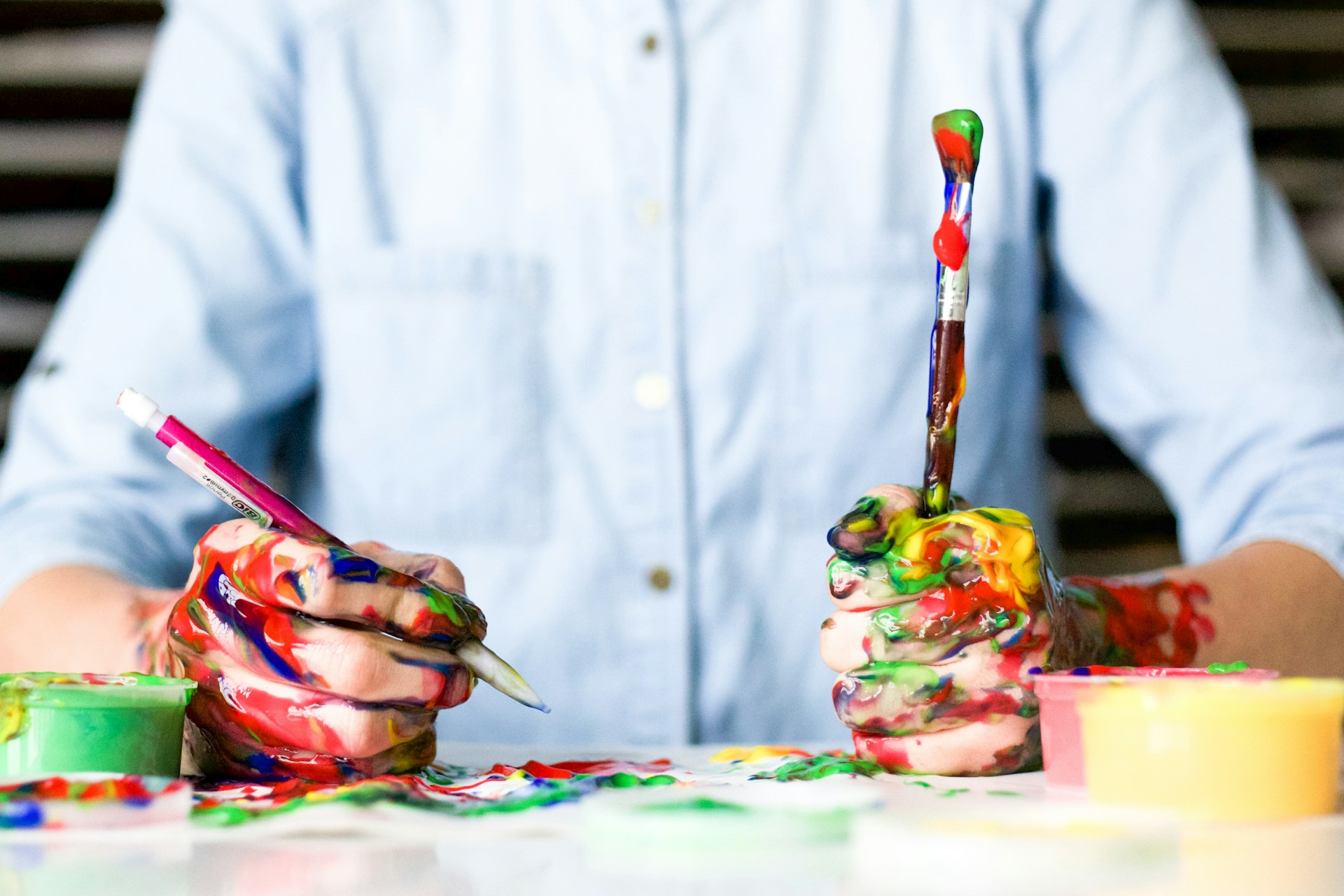What Role Do Art and Painting Play in Occupational Therapy: Enhancing Recovery and Well-being
Art and painting hold a significant place in occupational therapy, a profession that adeptly blends science and creativity in the process of rehabilitation.
By incorporating artistic activities into their practice, therapists support a range of client goals, including physical improvement, emotional expression, and psychological well-being. These activities are not only therapeutic tools but also serve as a medium through which clients can re-engage with the world around them, cultivating a sense of accomplishment and autonomy.

The therapeutic benefits of art are well-documented, with painting offering a unique form of expression that can be both soothing and stimulating. For children, in particular, the benefits of kids’ occupational therapy activities, including art, encompass a broad spectrum of developmental, emotional, and cognitive advantages that are crucial for a child’s growth. Engaging in painting can aid children in improving their fine motor skills while also providing a platform for nonverbal communication, which is instrumental in their emotional and social development.
Implementing art in occupational therapy practice goes beyond the use of brushes and paints. By understanding the intricate relationship between a client’s abilities and their environment, therapists tailor activities to suit individual needs, making art an inclusive, adaptable, and person-centered approach. This opens up endless possibilities for clients to explore their creativity, overcome challenges, and enhance their quality of life through artistic expression.
Key Takeaways
- Art in occupational therapy fosters patient engagement and recovery.
- Painting provides emotional and developmental benefits, especially for children.
- Customized art activities support diverse therapeutic goals.
The Therapeutic Benefits of Art in Occupational Therapy
Art and painting, within the realm of occupational therapy, serve as a powerful therapeutic modality that addresses cognitive, emotional, and physical challenges faced by individuals. They are instrumental in rehabilitation and play a crucial role in fostering personal growth, improving mental health, and enhancing social skills through creative expression.
Enhancing Cognitive Abilities
Incorporating art into occupational therapy can significantly benefit cognitive functions such as concentration and memory. It introduces stimuli that can aid in the management of cognitive conditions like dementia. For example, painting can encourage patients to focus on details, thus improving their concentration. Likewise, recalling colors and shapes during art creation can serve as a memory exercise, supporting cognition and providing a meaningful avenue for engagement.

Emotional and Psychological Advantages
The process of creation through art and painting offers a form of self-expression that can articulate complex emotions and lead to empowerment. As a form of art therapy, it contributes to emotional and psychological well-being by enabling patients to translate feelings into visual media. This transformation often results in a notable sense of accomplishment and can play a vital role in mental health rehabilitation, facilitating emotional healing and personal growth.
Physical Rehabilitation and Skill Development
Art activities are often tailored to improve fine motor skills and coordination, key components in physical rehabilitation. The act of holding a paintbrush strengthens touch and hand muscles, which is crucial for those recovering from physical ailments. Moreover, the required precision and control during painting promote the development of fine motor skills and coordination, leading to improved health outcomes.
Social Engagement and Community Inclusion
Occupational therapy harnesses the social aspects of art by encouraging communication, social skills, and interpersonal interaction within communities. Shared art projects can be both recreational and therapeutic, fostering social engagement and community inclusion. Through collaborative creation, patients develop bonds and learn valuable social skills that translate into everyday life, reinforcing the notion that art is not only a solitary endeavor but a bridge to the wider community.
Implementing Art in Occupational Therapy Practice
In occupational therapy, art and painting are leveraged as therapeutic interventions to promote health and well-being. These creative activities are integrated into clinical practice to support various patient populations, from children to the aged, across different care settings.
Art and Craft Techniques in Intervention
Occupational therapy professionals utilize a range of art and craft techniques to address the unique needs of their clients. From the principles of the Arts and Crafts Movement, therapists encourage clients to engage in hands-on creation, which fosters a sense of accomplishment and improves motor skills. This intervention has proven especially valuable in aiding the elderly to maintain cognitive function and in offering veterans a form of expressive therapy.
Occupational Therapy in Different Settings
The use of art in occupational therapy spans diverse settings, including long-term care, palliative care, and community programs. In long-term care facilities, art activities are designed to enhance the quality of life for the aged, while in palliative care, they serve to provide comfort and emotional expression. Community programs often focus on preventive health care by facilitating engagement in meaningful creative activities.
Developing Arts-Based Programs
Developing arts-based programs requires thoughtful consideration of evidence-based practices within occupational science. Program development must be attuned to resource allocation and ethical considerations, ensuring that initiatives are sustainable and equitable. Successful programs often include collaboration with healthcare professionals and members of the community to tailor interventions that best meet the needs of specific populations.

Challenges and Considerations
When implementing art in occupational therapy, professionals face several challenges, including aligning with the biomedical perspective that dominates health care. Therapists must advocate for the legitimacy of creative arts and crafts as a crucial part of intervention. There is also a need to balance ethical considerations and resource allocation, ensuring access to arts-based programs for all community members.
Conclusion
Art and painting in occupational therapy are valuable tools for promoting psychological and emotional well-being. These creative activities are integrated into therapeutic practices due to their ability to foster self-expression, enhance cognitive abilities, and improve fine motor skills. Research has shown that engaging in creative arts can serve as an effective intervention for clients of all ages, addressing a spectrum of health-related challenges. Occupational therapists are recognized for their role in enabling the use of art to boost mental health and encourage participation in meaningful occupations.








